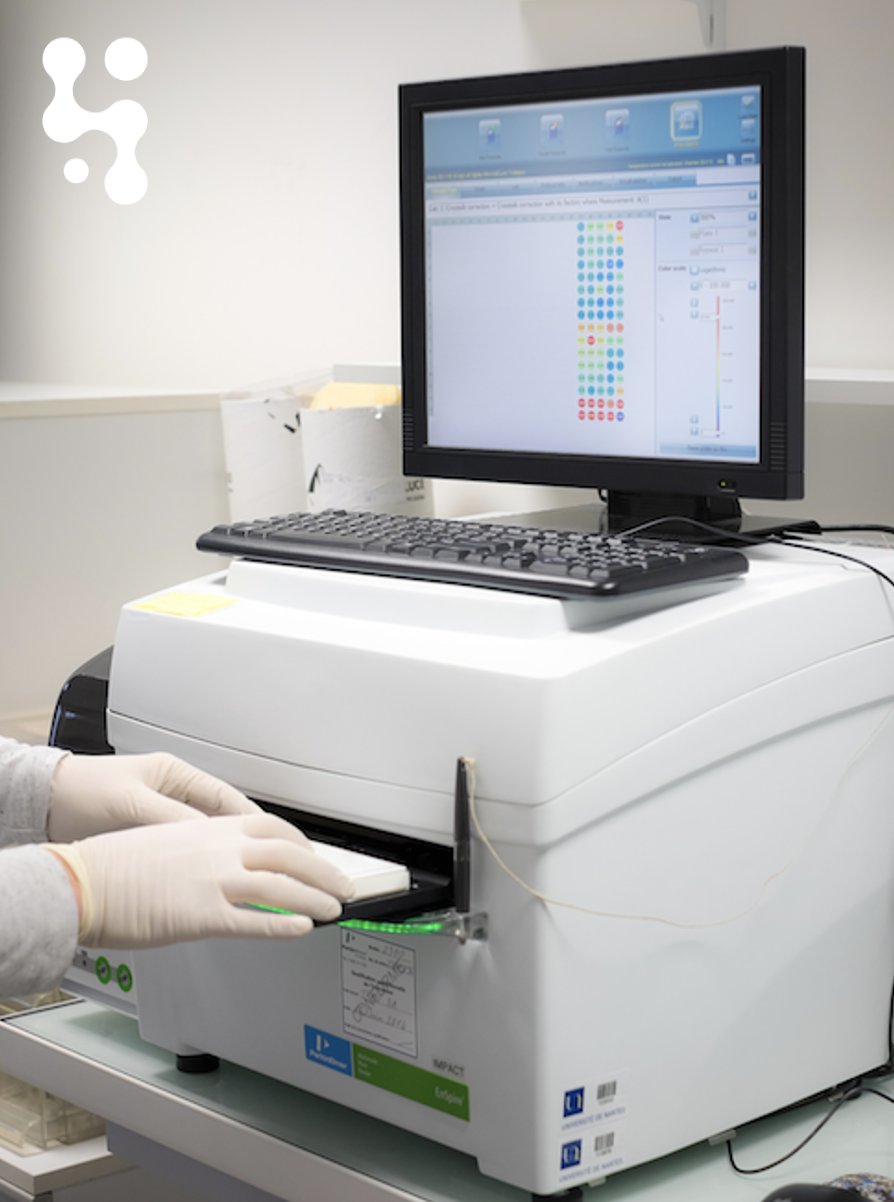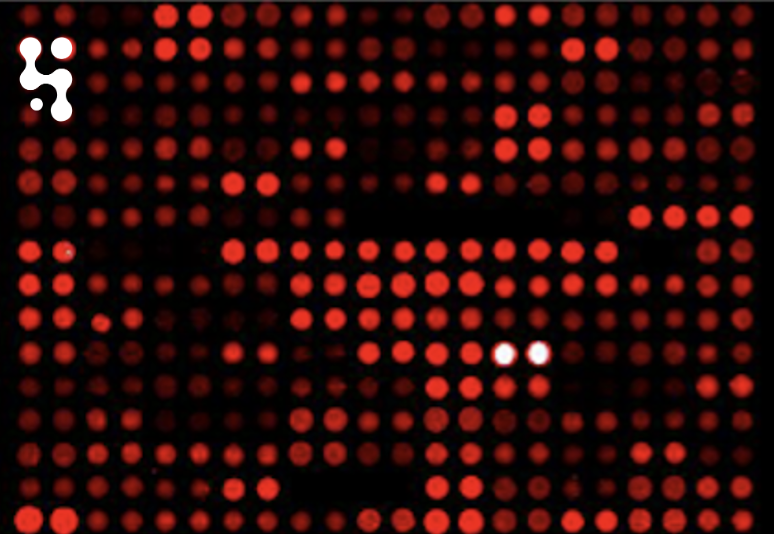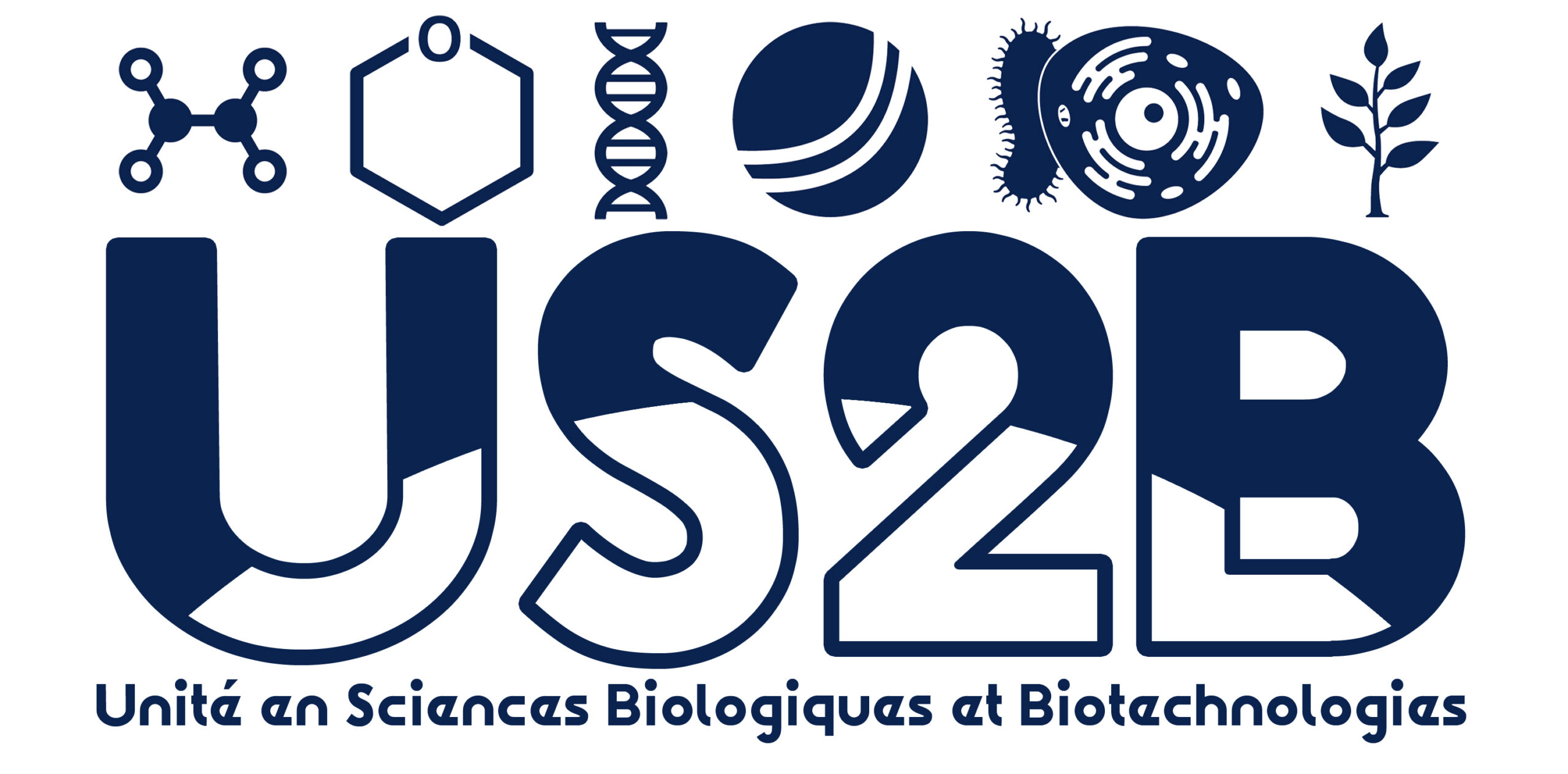The Imp@ct core Facility to characterize molecular interactions: applications to cytokine / receptor interactions.
Technical Managers:
Cathy Charlier
Mike Maillasson
Scientific Manager:
Erwan Mortier

Imp@ct core Facility plays a major role in studying molecular interaction since its inception in 2009. Imp@ct services offer different tools from biomolecular interaction characterization to large-scale molecular screening / profiling using state-of-the-art technologies. The facility is staffed with specialized engineers involved in optimization and development of different technological approaches in the field of molecular interactions.
Website: https://plateforme-impact.cnrs.fr

Characterization of biomolecular interactions.
Imp@ct characterizes biomolecular interaction by using cutting-edge technologies: Surface Plasmonic Resonance (SPR), SPR imaging and Microcalorimetry.
Equipments:
Biacore T200 (GE Healthcare)
Biacore 3000 (GE Healthcare)
SPRi (Horiba)
AutoITC200

Binding affinities of the soluble IL-15Rα variants for IL-15. SPR sensorgrams of binding to immobilized sIL-15Rα, sushi, or sushi with increasing concentrations of IL-15.

Identification of key residues of IL-15 involved in the binding to IL-2Rβ. (A)Ribbon drawing of IL-15 (in red) showing the indicated IL-15’s residues interacting with IL-2Rβ chain (in purple). (B) SPR sensorgrams of wt.IL-15 or IL-15 mutant binding to immobilized IL-2Rβ chain.

An original strategy to block Il-15’ and IL-2’ signaling through the IL-2Rb/gc dimeric receptor. SPR sensorgrams of sequential binding of increasingconcentrations of RLI or BiG to immobilized IL-2Rb chain, followed by the binding of gc chain.

Drug Screening.
Imp@ct assists to develop HTS assays on your target proteins and allows the researchers to evaluate the activity of modulators against specific target libraries (specific interaction receptor-ligand, cell signaling, apoptosis, epigenetic regulation...) by using our tailor-made energy transfer technology or alpha technology (ENSPIRE).
Equipments:
Enspire (Perkin Elmer)

Analysis of the relative p-Stat5 expression within Kit225 and Kit225-15RαKO cells in response to IL-15 or IL-2. Kit225 (black) and Kit225-15RαKO (red) cells were stimulated by increasing concentrations of IL- 15 or IL-2 for 1 h. The phosphorylation of Stat5 was measured by AlphaScreentechnology.

Identification of small-molecule inhibitors of IL-15, SPR analysis and HTRF assays. SPR sensorgrams of binding to immobilized IL-15 with (A) one concentration of 100 μM or (B) increasing concentrations of one positive compound. (C) HTRF principle with Lumi4-Tb-NHS cryptate (Tb) and D2 as donor and acceptor, respectively. If the labeled soluble IL-2Rβ binds to biotinylated IL-15, the two fluorophores will be in close proximity to allowFRET to occur, which results in a specific long-lived fluorescence emission of D2 at 665 nm. A chemical inhibitor binding to IL-15 will modify the intensity of the fluorescence emission. (D) An example of HTRF screening of a hundredsmall molecular compounds against IL-15/IL-2Rβ interaction. Data are normalized based on negative (○) and positive (□) controls.

Bioprofiling.
Imp@ct studies the modulation of protein expression / signaling pathways by using microarray and biochips technologies.
Selected Publications on cytokine topic:
- Quéméner A., Morisseau S., Sousa R.P., Trillet K., Maillasson M., Leray I., Jacques Y., Dion J., Barbieux I., Frutoso M., Laurent A.D., Le Questel J.Y., and Mortier E. (2019) IL-15Rα membrane-anchorage either in cis or in trans is required for stabilization of IL-15 and optimal signaling. J. Cell. Sci. 133(5):jcs236802.
- Meghnem D., Morisseau S., Frutoso M., Trillet K., Maillasson M., Barbieux I., Khaddage S., Leray I., Hildinger M., Quéméner A., Jacques Y., and Mortier E. (2017) Cutting Edge: Differential Fine-Tuning of IL-2- and IL-15-Dependent Functions by Targeting Their Common IL-2/15Rβ/γc Receptor. J. Immunol. 198(12):4563.
- Quéméner A., Maillasson M., Arzel L., Sicard B., Vomiandry R., Mortier E., Dubreuil D., Jacques Y., Lebreton J., and Mathé-Allainmat M. (2017) Discovery of a Small-Molecule Inhibitor of Interleukin 15: Pharmacophore-Based Virtual Screening and Hit Optimization. J. Med. Chem. 60(14):6249.
- Segaliny A.I., Brion R., Mortier E., Maillasson M., Cherel M., Jacques Y., Le Goff B., and Heymann D. (2015) Syndecan-1 regulates the biological activities of interleukin-34. Biochim. Biophys. Acta. 1853(5):1010.
- Ségaliny A.I., Brion R., Brulin B., Maillasson M., Charrier C., Téletchéa S., and Heymann D. (2015) IL-34 and M-CSF form a novel heteromeric cytokine and regulate the M-CSF receptor activation and localization. Cytokine. 76(2):170.
- Vincent M., Teppaz G., Lajoie L., Solé V., Bessard A., Maillasson M., Loisel S., Béchard D., Clémenceau B., Thibault G., Garrigue-Antar L., Jacques Y., and Quéméner A. (2014) Highly potent anti-CD20-RLI immunocytokine targeting established human B lymphoma in SCID mouse. MAbs. 6(4):1026.
- Baud'huin M., Duplomb L., Teletchea S., Lamoureux F., Ruiz-Velasco C., Maillasson M., Redini F., Heymann M.F., and Heymann D. (2013) Osteoprotegerin: Multiple partners for multiple functions. Cytokine Growth Factor Rev. 24(5):401.
- Venereau E., Diveu C., Grimaud L., Ravon E., Froger J., Preisser L., Danger Y., Maillasson M., Garrigue-Antar L., Jacques Y., Chevalier S., and Gascan H. (2010) Definition and characterization of an inhibitor for interleukin-31. J. Biol. Chem. 285(20):14955.
Selected Publications on other molecular interactions:
- Velic D., Charlier C., Popova M., Jaunet-Lahary T., Bouchouireb Z., Henry S., Weigel P., Masson J.Y., Laurent A., Nabiev I., and Fleury F. (2019) Interactions of the Rad51 Inhibitor DIDS with Human and Bovine Serum Albumins: Optical Spectroscopy and IsoThermal Calorimetry Approaches. Biochimie. 167:187.
- Lafont F., Ayadi N., Charlier C., Weigel P., Nabiev I., Benhelli-Mokrani H., and Fleury F. (2018) Assessment of DNA-PKcs kinase activity by quantum dot-based microarray. Sci. Rep. 8(1):10968.
- Kalichuk V., Renodon-Cornière A., Béhar G., Carrión F., Obal G., Maillasson M., Mouratou B., Préat V., and Pecorari F. (2018) A novel, smaller scaffold for Affitins: Showcase with binders specific for EpCAM. Biotechnol. Bioeng. 115(2):290-299.
- Martin-Jézéquel V., Calu G., Candela L., Amzil Z., Jauffrais T., Séchet V., and Weigel P. (2015) Effects of Organic and Inorganic Nitrogen on the Growth and Production of Domoic Acid by Pseudo-nitzschia multiseries and P. australis (Bacillariophyceae) in Culture Mar. Drugs. 13(12): 7067.
- Béhar G., Pacheco S., Maillasson M., Mouratou B., and Pecorari F. (2014) Switching an anti-IgG binding site between archaeal extremophilic proteins results in Affitins with enhanced pH stability. J. Biotechnol. 192 Pt A:123.
- Féron D., Charlier C., Gourain V., Garderet L., Coste-Burel M., Le Pape P., Weigel P., Jacques Y., Hermouet S., and Bigot-Corbel E. (2013) Multiplexed infectious protein microarray immunoassay suitable for the study of the specificity of monoclonal immunoglobulins. Anal. Biochem. 433(2):202–209.
underlined authors: member of the platform
Back









